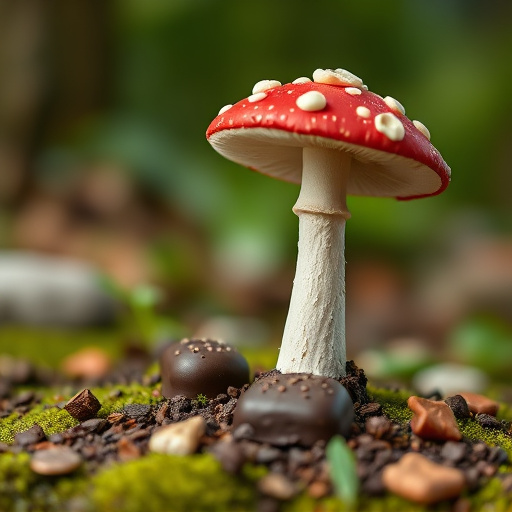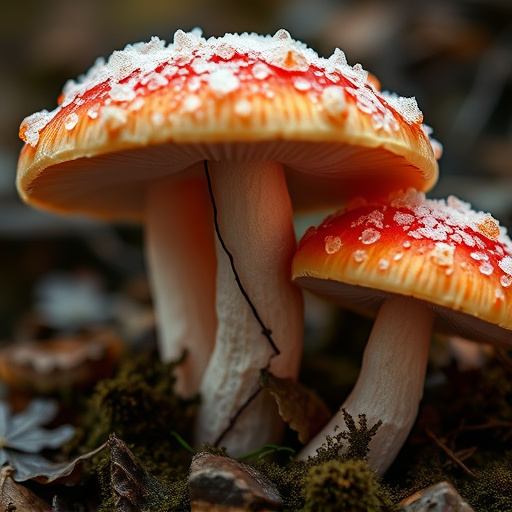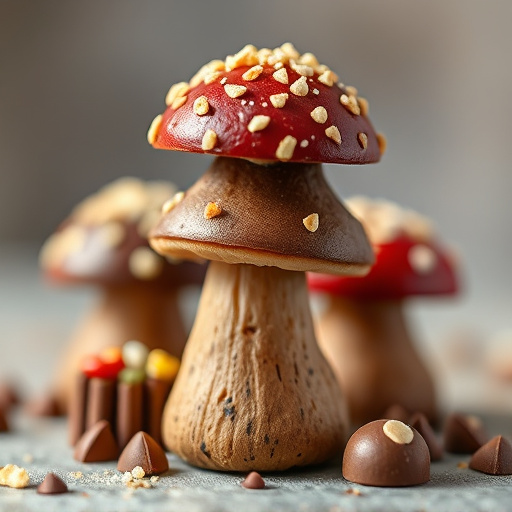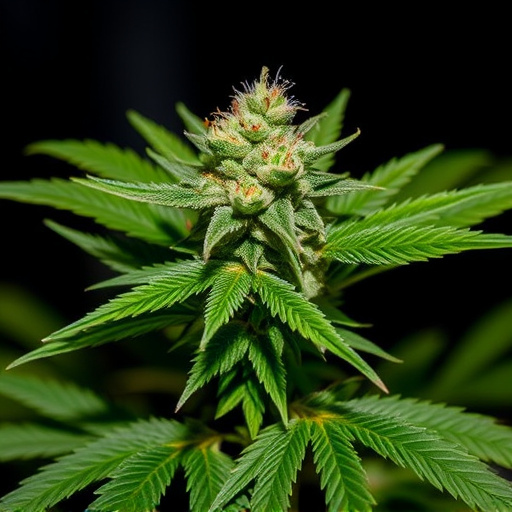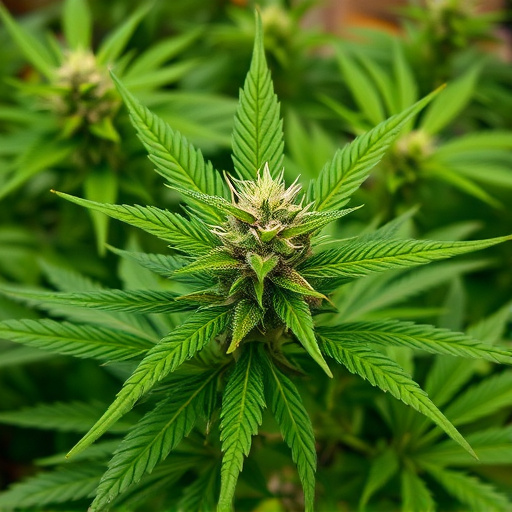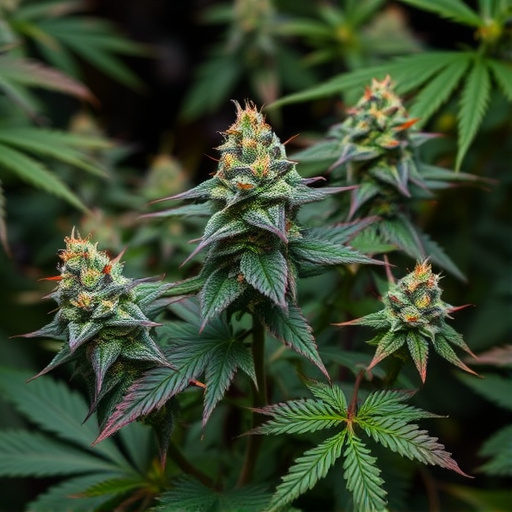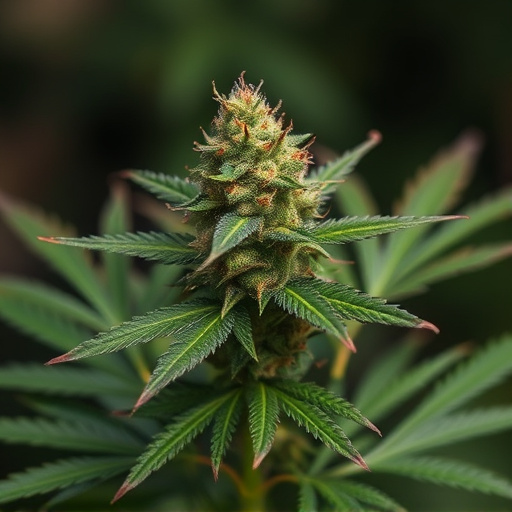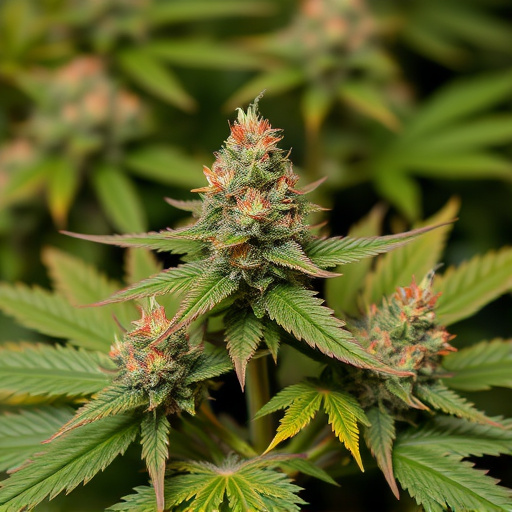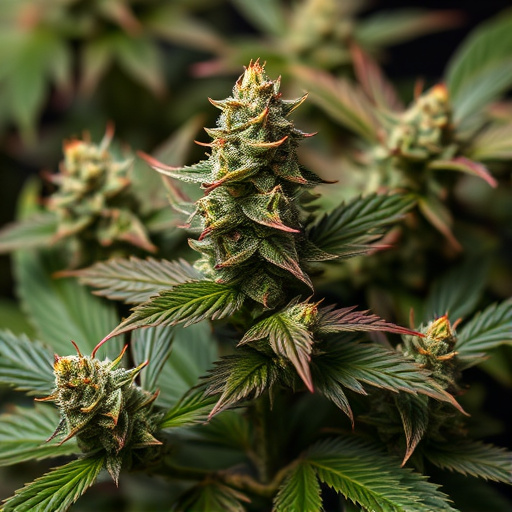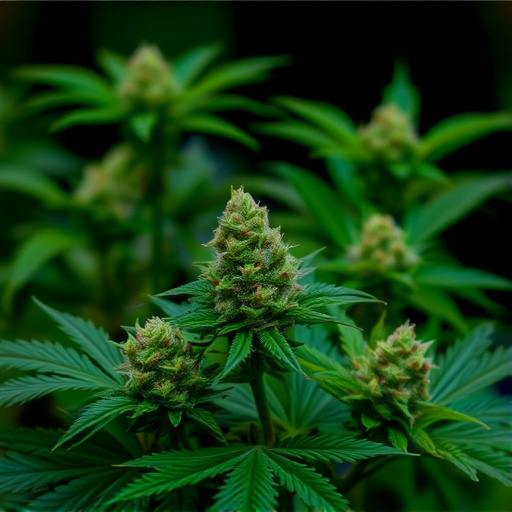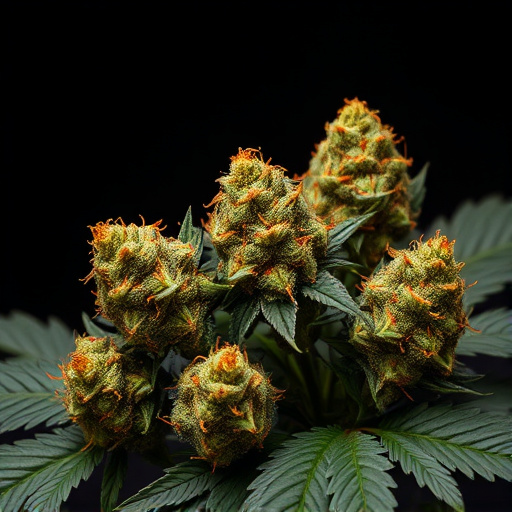Drug testing using urinalysis, blood, and hair follicle analysis detects THC from cannabis (anxiety weed strains), posing challenges for users managing anxiety with therapeutic strains. Standard tests can produce false positives due to high THC levels in anxiety weed. To avoid complications, opt for low-THC, high-CBD anxiety weed strains and practice responsible consumption habits. Understanding detection periods is crucial for navigating workplace safety protocols and legal proceedings while utilizing alternative treatments for anxiety.
“Discovering how cannabis, particularly anxiety weed strains, can impact drug tests is crucial for those seeking natural relief. With THC as the primary psychotropic compound, understanding its persistence in the body is essential. This article explores common drug testing methods and delves into the detection of anxiety weed strains’ THC, offering strategies to minimize risks. Learn how to navigate these processes effectively while utilizing cannabis for anxiety management.”
- Understanding Drug Testing: The Basics and Common Methods
- The Presence of THC in Anxiety Weed Strains and Their Detection
- Strategies to Minimize the Risk of Failure: What to Know Before Consuming Cannabis for Anxiety Relief
Understanding Drug Testing: The Basics and Common Methods
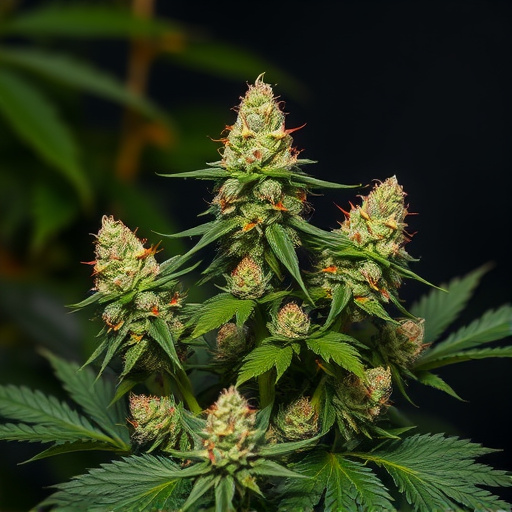
Drug testing is a crucial process used in various settings, from workplace safety to legal proceedings, to ensure individuals are fit to perform specific tasks and adhere to laws. The primary goal is to detect the presence of illicit substances or prescribed medications that may impair an individual’s abilities. Understanding how these tests work and what they can detect is essential, especially for those dealing with anxiety and considering alternative treatments like cannabis (weed) strains.
The most common drug testing methods include urinalysis, blood tests, and hair follicle analysis. Urinalysis, often the first step, detects metabolites of drugs in the urine. Blood tests offer a more comprehensive view, identifying recent drug use. Hair follicle testing is particularly useful for long-term drug monitoring as it can reveal drug use up to 90 days prior. For individuals with anxiety who might rely on cannabis to manage symptoms, these tests can pose challenges. Certain weed strains are known to have therapeutic effects for anxiety but can also lead to positive drug test results, depending on the testing method and the amount consumed.
The Presence of THC in Anxiety Weed Strains and Their Detection
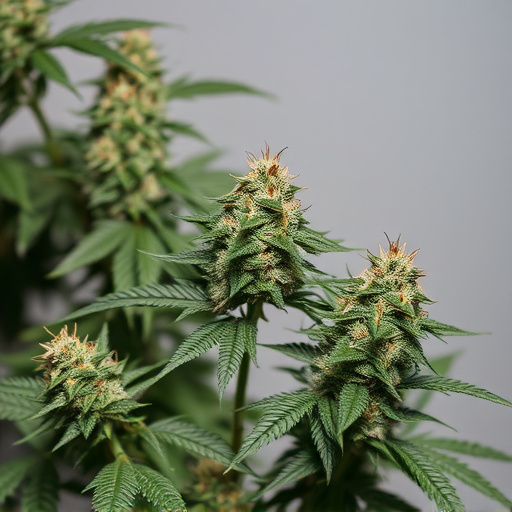
Anxiety weed strains, popular among those seeking relaxation and stress relief, contain tetrahydrocannabinol (THC), the compound responsible for marijuana’s psychoactive effects. While THC can help alleviate anxiety symptoms for some users, it also poses a significant risk of positive drug test results. Many standard drug tests detect THC, making it crucial for individuals using anxiety weed to understand its potential implications.
The detection of THC in urine or blood samples is typically achieved through immunoassay or gas chromatography-mass spectrometry (GC-MS) techniques. Anxiety weed strains often have higher THC levels than medical or industrial hemp varieties, leading to longer detection windows and potentially more significant consequences for users in regulated environments like workplaces or schools. Therefore, it’s essential for those using anxiety weed to be aware of the potential for false positives and take necessary precautions to avoid unexpected complications.
Strategies to Minimize the Risk of Failure: What to Know Before Consuming Cannabis for Anxiety Relief
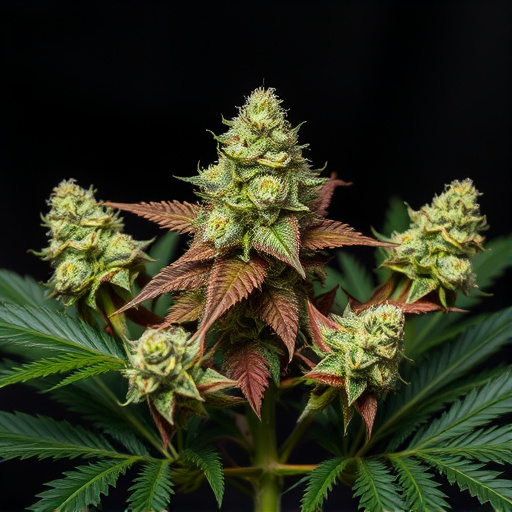
If you’re considering cannabis for anxiety relief, understanding how it can show up on drug tests is crucial. The detection period for THC, the primary psychoactive compound in cannabis, varies depending on consumption method and frequency. For example, while THC can be detected in urine for up to 30 days after smoking or eating high-THC edibles, it may remain detectable for only a week or less with occasional use of low-THC strains.
To minimize the risk of failure, opt for anxiety weed strains known for their low THC content and high CBD levels. CBD, or cannabidiol, doesn’t produce psychoactive effects and is often credited with many therapeutic benefits, including stress and anxiety relief. Additionally, be mindful of your consumption habits. Avoid heavy dosing or frequent use close to a scheduled drug test. Instead, start with small doses and gradually increase as needed under professional guidance.
While anxiety weed strains offer potential therapeutic benefits, it’s crucial to understand how THC shows up in drug tests. Given the widespread use of cannabis for anxiety relief, knowing the detection window and the impact of different strain profiles is essential. By understanding the basics of drug testing methods and the specific detection of THC, individuals can make informed decisions to minimize the risk of failure. This knowledge empowers users to navigate the legal complexities surrounding cannabis consumption responsibly.
